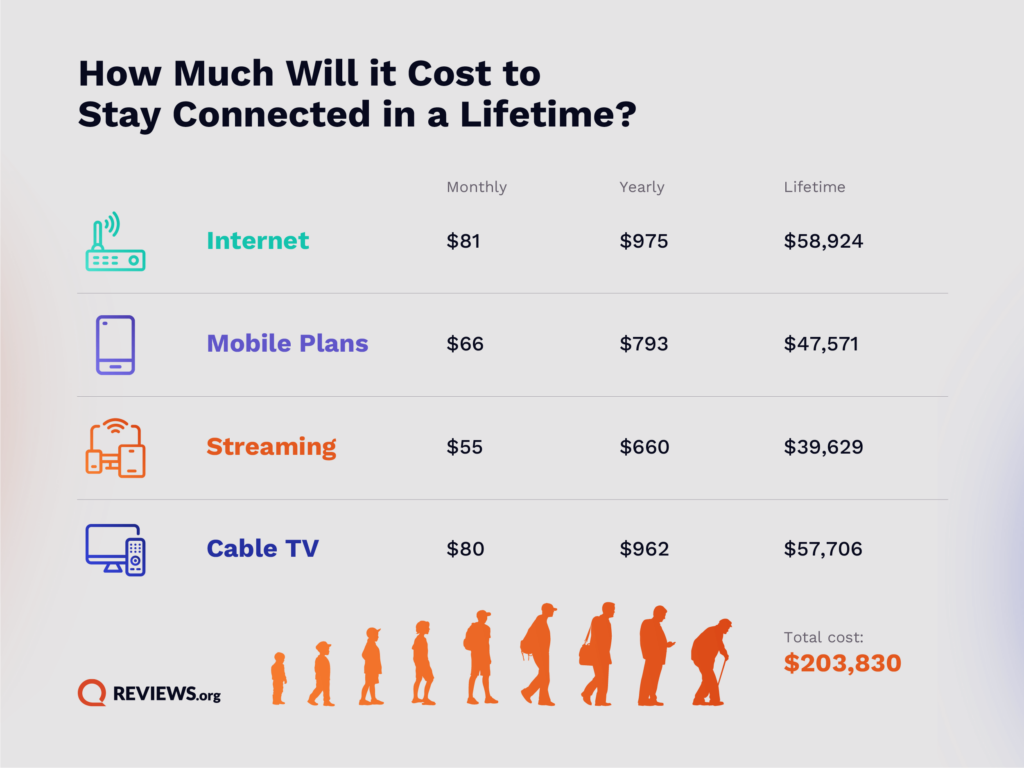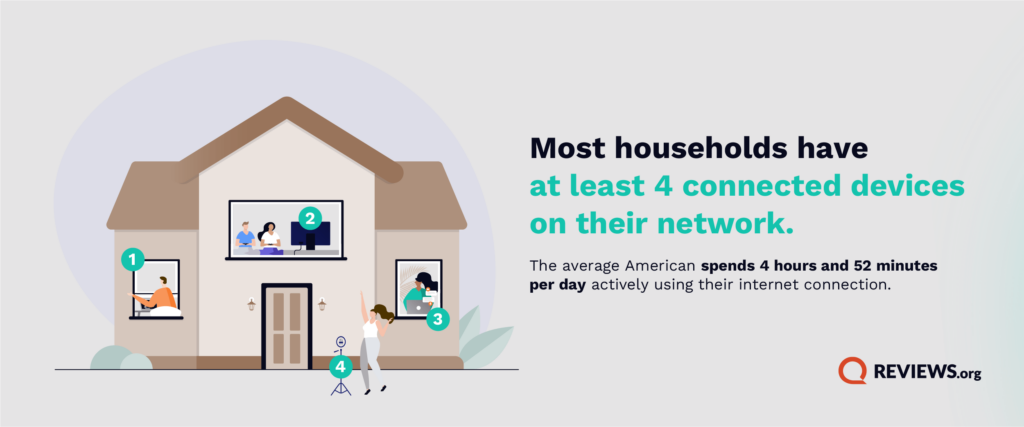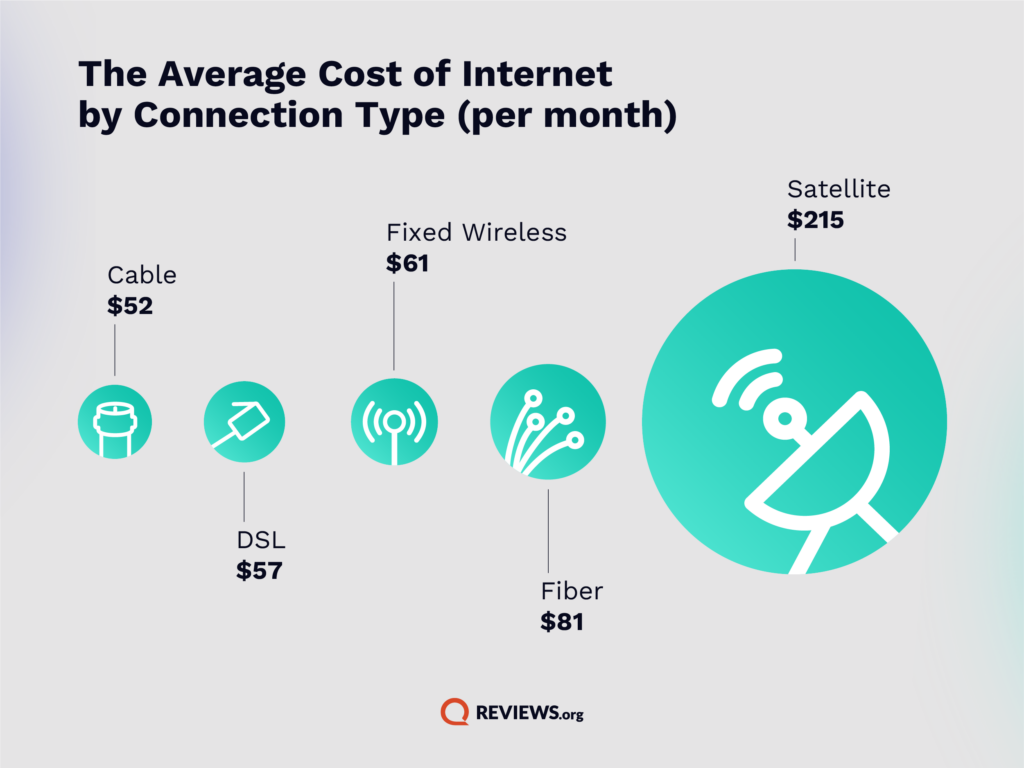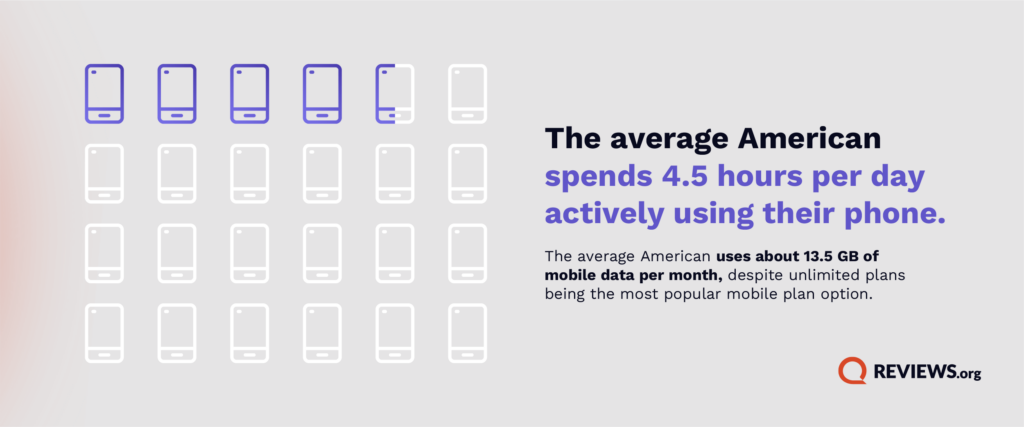It’s no secret that people can’t get enough of their streaming services. According to our data, one in three Americans believe subscription-based streaming services are a household need. On average, Americans are paying for three streaming services at a time.
But increased competition between entertainment companies and the dwindling number of cable TV subscriptions has made prices for streaming subscriptions jump up considerably in the past few years. In October, Netflix announced a $2 to $3 price hike on some of its plans, while the ad-free version of Discovery Plus went up by $2 a month. Hulu raised its standard ad-free plan from $14.99 per month to $17.99 per month.
Ouch! Considering that streamers now spend an average of $55.04 per month on their subscriptions, it’s important to be a bit more strategic about what you’re subscribing to these days to manage these pricing acrobatics.
How can you save? Just over 41% of Americans share their accounts with others to save on costs. Recent password-sharing crackdowns mean that might soon no longer be an option, so you may be better off downsizing your number of subscriptions and spending more time on free streaming services.
According to our data, Tubi TV is the most popular free streaming service, with 43% of streamers reporting to Reviews.org that they use the platform. Other popular options are The Roku Channel and Pluto TV.
Here are some other ways to save on streaming:
- Prioritize your needs by unsubscribing from platforms you use infrequently.
- Stagger your subscriptions, signing up for a platform temporarily to watch a specific show or movie, and then canceling when you finish.
- Look for free trials from internet and mobile providers like Verizon and AT&T.










